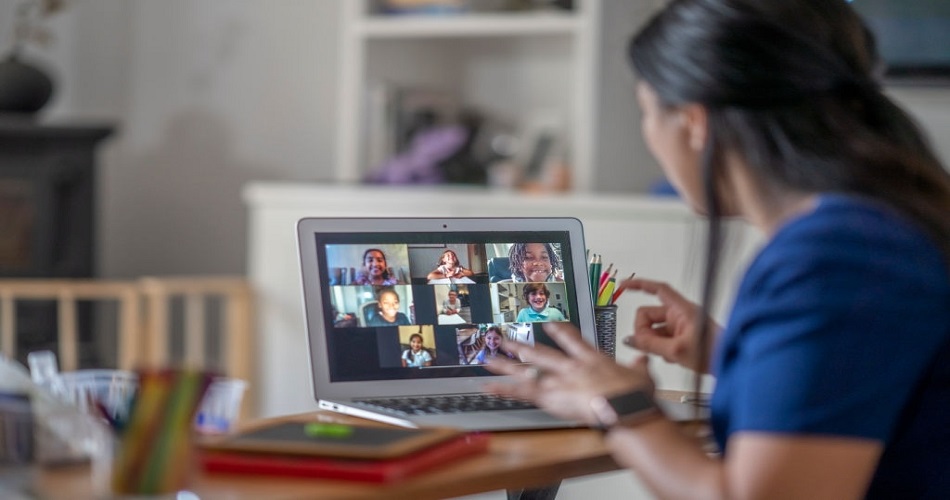The transition from classroom to virtual interaction has been challenging for both teachers as well as students, especially young learners. Though in a virtual learning setup, the instructional videos have become a flexible tool to use. However, often, the outcome is not as expected.
The underlying reason behind this is children need assistance regardless of video content with demonstration. The formula of finding the right way lies in dissecting the complicated areas bit by bit.
So, how do you incorporate a video into a lesson to support student’s learning better!
- Try to break down the video stepwise
- Set a premeditated goal for the students before you play the video to keep them centered
- Try to use multiple methods to make the lesson easy to understand, such as using references from movies, documentaries, etc.
- Give them separate time to write and take notes
- Provide enough pause to sync and reflect with the content, ask questions to form small discussions
- Use prediction technique to facilitate thinking, ‘pause the video and ask what’s coming next?’
- Always summarize the lesson – you may first ask a group or single student to summarize and then give them a brief on the lesson
- Make it available to re-watch the video whenever they need it
Learn more about how video homework to your student –
The positive impact of Video-based Learning –
Facilitates Autonomy
Video-based learning, though, needs a lot of thought processes to make it effective in a virtual learning setup, it has an immense amount of capacity to encourage autonomy within learners. This does not erase the importance of guidance from a teacher. However, the significance of learning via video lessons is that it facilitates critical thinking and problem-solving skills within them. Video-based learning enables students to use their multiple senses and when that happens, the cognitive function increases. Over time, students become more self-reliant and independent to comprehend the lessons on their own.
Helps in Promoting Student Engagement
Video-based lessons are aids to make the learning process practical as well as engaging. Statistics show around 65 percent of learners are visual learners. Chances are most of your students are visual learners too. It is a known fact when students are engaged with video-based learning you are enabling them to activate their multi-sensory functions through listening, seeing, and reading. Engaging more than one sense at a time is a potent method to keep students hooked and allow them to grasp the lesson with ease.
Effective in Better Memory Retention
Combining the element of watching and listening or watching, reading, and listening simultaneously gives students the choice to find their own way to flow through the lesson. This results in better memory retention. Also, when video lessons are made available, students can re-watch the video when they feel the need to revise. This increases the chance of flexibility as well as helps to promote self-paced learning.
Simplifies Learning Experience
One of the greatest advantages of this recent trend of Virtual learning is the convenience of access. Video-based learning is practical, goal-directed, and flexible. Students get to access the material from any or multiple devices. Also, in this era of technology, interest is a crucial element of everyone’s life. Undoubtedly, technology and internet are an area of interest for every millennial/gen-z. Using it as the medium as a learning tool seems so much practical.
In virtual learning or classroom learning, your priority as a teacher is to amplify the lesson objective to help students grasp the lesson. And the key to facilitate learning is to consciously perceive the variation in the interaction between you and the learners. Video-based learning has already become a part of the curriculum. It has also been a well-proven method to strengthen a student's learning.
Nonetheless, whatever method you are choosing to deliver your lesson, contemplating on what is working in your classroom and what needs more work, is an individualistic approach. Therefore, redefining your teaching strategies and knowing when to make a change are the signs of a 21st century teacher.
Written By : Soma











